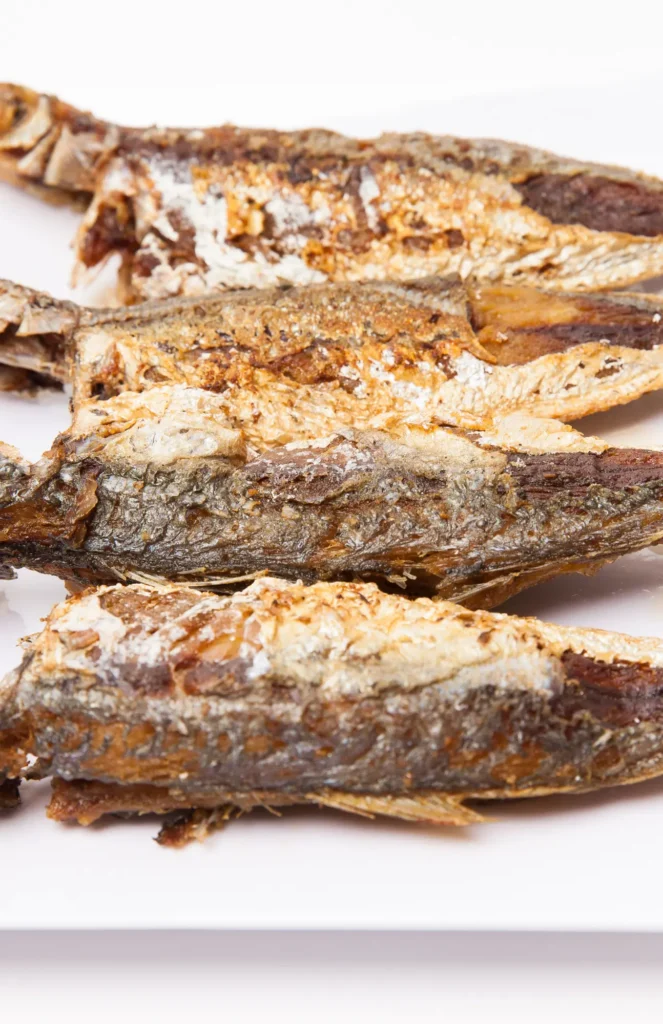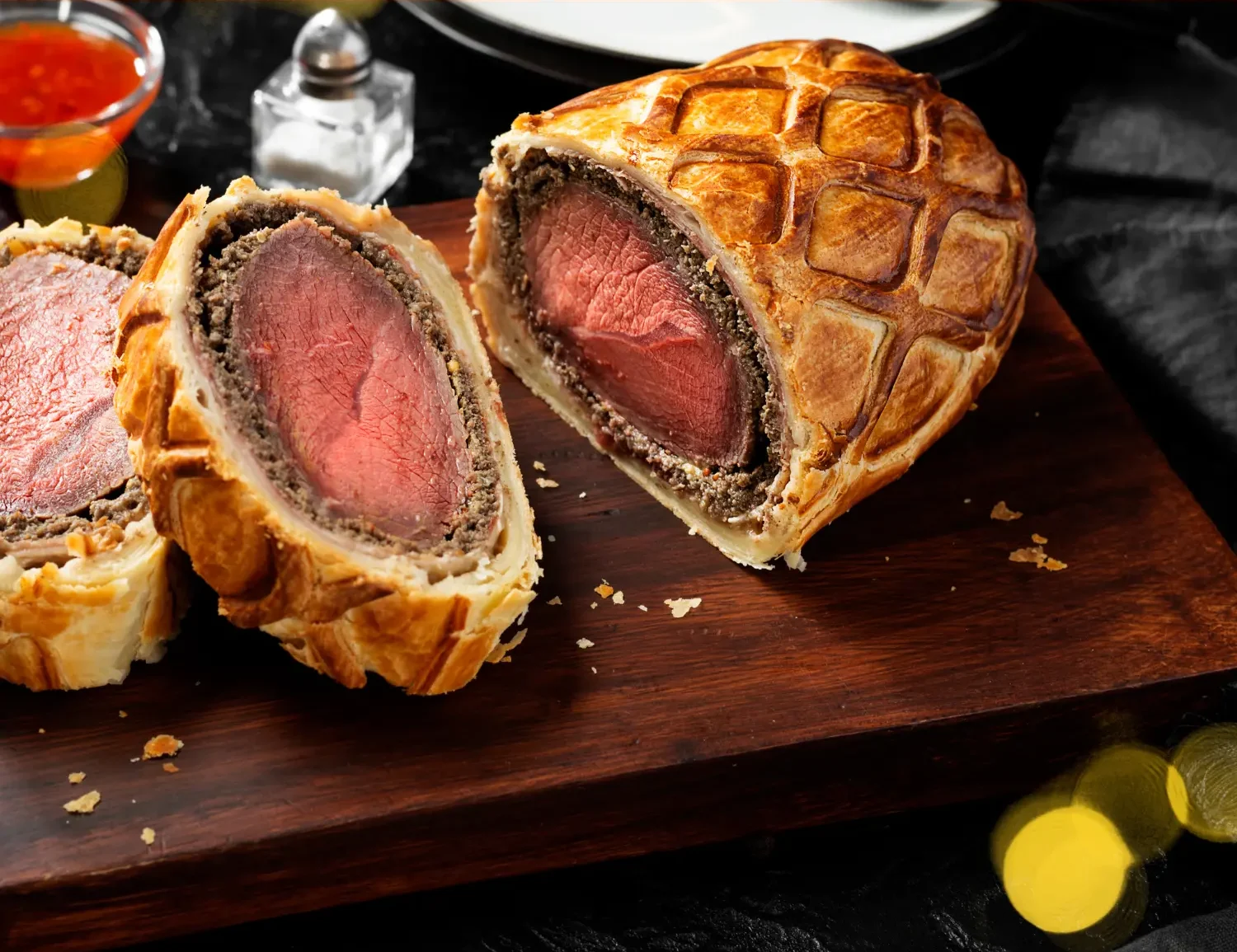Savory Fish Fry: Crispy & Flavorful Seafood Delight!
The allure of a well-prepared fish fry lies in its ability to combine the natural taste of the fish with a satisfying crunch and a burst of flavors. It’s not just a dish; it’s an experience. The process involves careful selection of the right fish, meticulous preparation, and the perfect blend of spices and frying techniques.
Table of Contents
Choosing the Right Fish for Frying
Not all fish are created equal when it comes to frying. Varieties like cod, tilapia, or catfish are often preferred for their firm texture and ability to hold up well during frying. Factors like oil content, thickness, and flavor also play crucial roles in making the right choice.
Preparing the Fish
Properly cleaning and drying the fish before frying is paramount. This ensures the fish is free from excess moisture, guaranteeing a crispier outcome. Many opt to marinate the fish in spices or a seasoned batter to enhance its taste.
The Perfect Batter or Coating
The choice between a batter or coating can significantly impact the final result. While a batter might provide a thicker, crunchier texture, a coating could offer a lighter, crispier finish. Homemade batters often include a blend of flour, spices, and sometimes beer for added depth.
Frying Techniques for Crispiness
The frying technique employed determines the texture of the fish. Deep-frying submerges the fish entirely, resulting in a golden brown crust, while shallow-frying uses less oil but may require flipping the fish halfway through for even cooking.
Flavorful Seasoning and Spices
The secret to an exceptional fish fry lies in the seasoning. From Cajun spices to simple salt and pepper blends, the choice of seasoning can transform a basic dish into a culinary delight. Balancing flavors is crucial for a well-rounded taste.
Accompaniments and Serving Suggestions
Pairing the fish fry with complementary side dishes or sauces enhances the overall dining experience. Tartar sauce, coleslaw, or a squeeze of lemon are popular accompaniments that perfectly complement the savory fish.
Health Considerations and Alternatives
For health-conscious individuals, alternative cooking methods like baking or grilling offer healthier options without compromising on taste. Choosing leaner fish varieties also contributes to a healthier dish.
Cultural Significance of Fish Fry
Fish fry traditions vary globally, showcasing unique recipes influenced by cultural practices and regional flavors. It’s often a part of celebratory meals, reflecting the essence of diverse culinary heritages.
Tips for Beginners
Navigating the art of fish frying can be daunting for beginners. Simple steps, such as maintaining the oil temperature or patting the fish dry before frying, can make a significant difference in the outcome.
Expert Insights and Recommendations
Renowned chefs and seafood experts recommend experimenting with different spices or trying unconventional coatings to create signature fish fry dishes. Their insights can inspire novices and seasoned cooks alike.
Sustainability and Responsible Sourcing
In today’s world, understanding the importance of sustainable fishing practices and responsible sourcing of fish is crucial. Opting for ethically sourced seafood ensures the longevity of this culinary delight.
Exploring Global Fish Fry Varieties
From the British fish and chips to the Japanese tempura, exploring global variations of fish fry opens a door to a world of diverse flavors and cooking techniques. Each region brings its own unique twist to this beloved dish.
FAQs
How do I prevent the fish from getting soggy while frying?
Sogginess in fried fish can result from excess moisture. To prevent this, ensure the fish is thoroughly dried before frying. Pat it dry with paper towels, and consider using a light coating of flour or cornstarch before frying to absorb any remaining moisture.
What is the ideal oil temperature for frying fish?
The ideal oil temperature for frying fish is generally between 350°F and 375°F (175°C and 190°C). Maintaining this temperature ensures the fish cooks evenly and achieves a crispy exterior without absorbing too much oil.
Can I use frozen fish for frying?
Yes, frozen fish can be used for frying. Thaw it completely in the refrigerator before frying to ensure even cooking. Pat the fish dry to remove excess moisture before adding it to the hot oil to prevent splattering and maintain the desired texture.
Conclusion
In conclusion, mastering the art of a savory fish fry requires attention to detail, an understanding of flavors, and a willingness to experiment. With the right fish, seasoning, and cooking technique, anyone can create a delightful fish fry experience to savor.
Save this pin!








